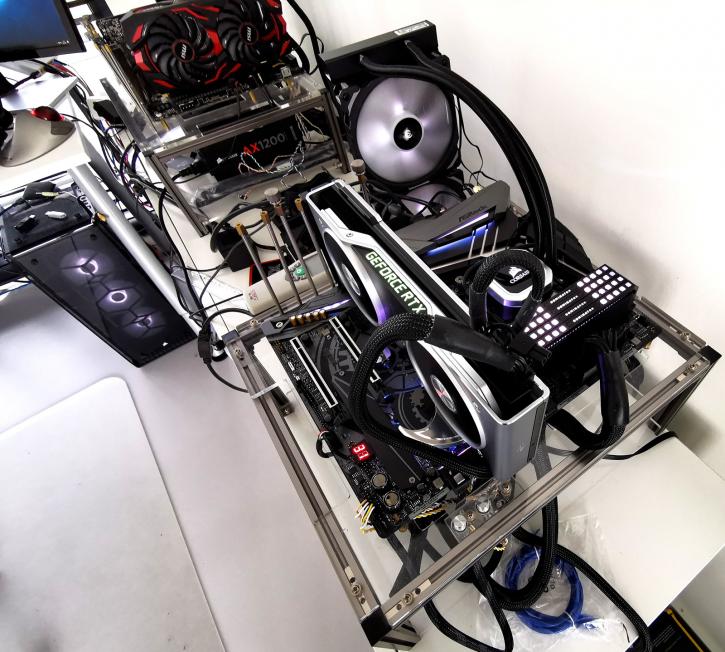Image Quality and System requirements
Image quality settings and benchmark system
For this game, we utilize the highest possible quality option and the best visual quality settings (Ultra). Games should be able to run at 60 frames per second when paired with a matching monitor's resolution. You may then enable/disable features if you want greater performance or a higher level of game rendering quality. Other options may be configured; we recommend that you keep to the highest quality settings and leave it at that if you want best quality. The graphics in F1 2022 are somewhat more advanced than in prior editions. There are several options. The game contains FPS limiters ranging from 30 to 250 FPS. A dynamic resolution is the adjustable target frame ratio of FPS 30, 40, 60, 120, or 144. There are also five graphic presets with ultra-low, low, medium, high, and ultra-high settings, a customizable integrated benchmark, and, more recently, explanations of the specific options. Nvidia HBAO+ is applied for all graphics . The basic rasterizer/shading/Raytracing configuration, with Ultra High settings, TAA, AF 16, and HBAO+. Of course, we'll look into Raytracing performance and DLSS / FSR in the article. The video below provides an overview of our settings and the customization options accessible.
The graphics cards tested
In this article, we'll use the following cards at a properly good PC experience graphics quality wise, the quality mode as shown above with Vsync disabled. The graphics cards used in this test are:
- GeForce RTX 2060
- GeForce RTX 3090 Ti
- GeForce RTX 2070 Super
- GeForce RTX 2080 Ti
- GeForce RTX 3060 Ti
- GeForce RTX 3070
- GeForce RTX 3070 Ti
- GeForce RTX 3080
- GeForce RTX 3080 Ti
- GeForce RTX 3090
- Radeon RX 6600 XT
- Radeon RX 6650 XT
- Radeon RX 6700 XT
- Radeon RX 6800
- Radeon RX 6800 XT
- Radeon RX 6900 XT
- Radeon RX 6950 XT
Test environment (system specification)
System Spec
- Ryzen 9 5950X
- X570 (ASUS Crosshair VIII HERO)
- 16GB DDR4 3600 MHz CL14
- NVMe, M.2. SSD
Graphics drivers
- GeForce graphics cards use the 516.94 (download).
- Radeon graphics cards we used a beta AMD Radeon Adrenalin 22.8.1 driver (download).
- Resize BAR (rBAR) is activated on all GPUs that support it


